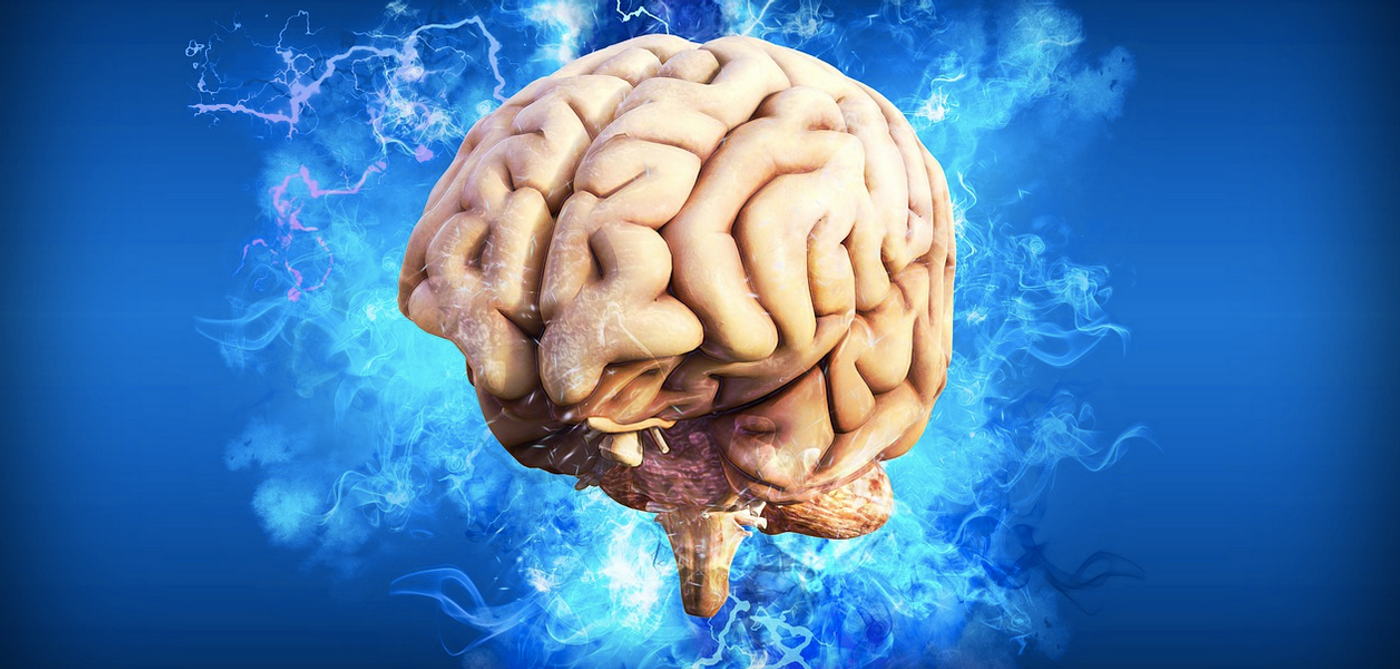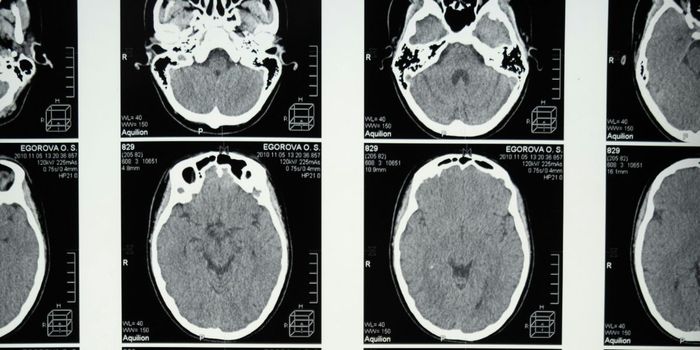'Silent' Synapses Found in the Adult Brain
Scientists have discovered millions of so-called silent synapses in the adult brain, immature links between neurons that are dormant until they are needed for the formation of new memories. It had been thought that these types of synapses were only found in the developing brain, as new information is pouring in. This work has indicated that in adult mice, about 30 percent of the synapses in the cortex of the brain are silent. The findings, which may explain how adults can keep learning new things without having to labor to alter established synapses, have been reported in Nature.
Silent synapses want to make new connections, and if there is new, important information, connections between relevant neurons can get stronger. So, the brain creates new memories without having to work to change existing synapses, explained first study author Dimitra Vardalaki, an MIT graduate student.
Since silent synapses were identified in the brains of young animals a decade ago, there has been debate about how late in life they persisted. In some addiction research, there has been evidence that they are still around in adulthood; they have been linked to aberrant learning in animal models of addiction.
In this study, the investigators were measuring neurotransmitter receptors in different dendrites of neurons. They were interested in whether synaptic processing in dendrites might vary based on location. Thin filopodia extend from dendrites, and they've been difficult to see, until advanced imaging techniques came along. The researchers were surprised to see filopodia everywhere, an unexpected and "super bizarre" finding, said senior study author Mark Harnett, an associate professor of brain and cognitive sciences.
This made the team start looking for the filopodia in other places, and they found the filopodia in many parts of the mouse brain, including the visual cortex, at ten times the level that was previously observed. Filopodia were also found to carry NMDA neurotransmitter receptors, but not AMPA receptors.
Active synapses tend to carry both NMDA and AMPA receptors, which both bind to glutamate. It's thought that NMDA receptors must cooperate with AMPA during signaling, because AMPA receptors help NMDA pass electric current. Thus, without AMPA the synapse is "silent."
The researchers monitored electrical activity at individual filopodia to see if they were silent synapses. By mimicking glutamate release from a local neuron, the researchers determined that the recipient filopodium did not produce electrical signals in response to the glutamate. If the NMDA receptors were unblocked, the signal was generated. This indicated that filopodia are indeed silent synapses. But the synapses could also be awakened by combining glutamate with electrical current from a local neuron, because of its impact on AMPA.
This study also showed that it is easier to make silent synapses active than it is to change mature synapses. We also need those mature synapses to remain the same, and hold the memories that are important.
This research offers evidence that the adult brain carries highly plastic synapses that can be altered to make new memories, said the study authors.
"This paper is, as far as I know, the first real evidence that this is how it actually works in a mammalian brain," Harnett said. "Filopodia allow a memory system to be both flexible and robust. You need flexibility to acquire new information, but you also need stability to retain the important information."
The scientists now want to know more about how disease or aging may be affecting silent synapses.
Sources: Massachusetts Institute of Technology, Nature









